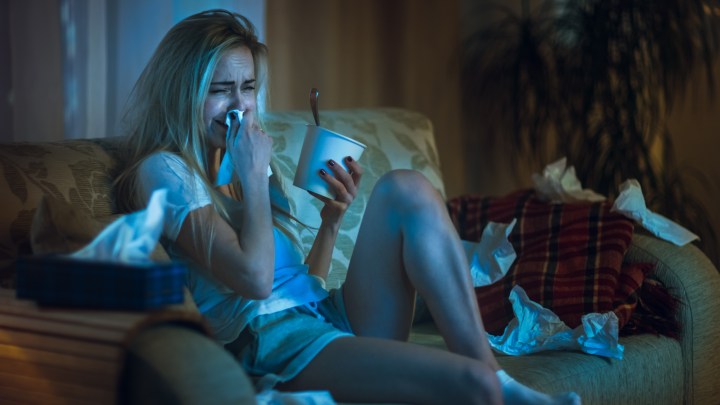
I can almost feel your anxiety rise as you read this. A smartphone sabbatical? Is that even possible? Most people tether to their smartphones 24/7. Americans check their phones over 50 times a day, and many feel anxiety when it’s out of reach, even for just a few minutes. Many people have become dependent on it for everything. And that dependency comes with a high price tag. It can cause physical and mental health problems, so taking a break from your smartphone is a good idea. Continue reading to learn the high price of your smartphone addiction.
It’s Probably Filthy
Your smartphone screen is ten times dirtier than a toilet seat, according to Time Magazine. The article cites studies that found serious pathogens on cell phones, including Streptococcus, MRSA, and even E. coli. Many people never disinfect their phones. Think about all the places you take your phone, place it on a table or counter, then pick them up again. Each time they can collect germs that transfer to your body. When you talk into your phone, these germs get close to your mouth and nose. That, combined with touching your face, increases the risk of everything from colds and flu to strep throat and conjunctivitis.
Lowers Attention Span, Zaps Mental Strength

People pay a high price for smartphone dependency. One problem is that smartphones are very good at distraction. This distraction results in a lower attention span. Notifications from incoming messages, breaking news, and social media apps fight for your attention. Every time your phone pings, it disrupts your thoughts, focus, and efficiency. Notifications take you off your game. They provoke inefficient performance, and the quality of your work suffers. This happens in the office and at home.
Having it Close By is Enough to Reduce Performance
Even more disturbing, a study reported in Science Daily suggests the brain drain goes beyond smartphone notifications. This study compared the results of two groups of people taking the same test. One group left their smartphones in another room. The other group kept their devices close by. Some were turned on while others where switched off. Some phones were hidden, others were in partial view, and others were in full view. Results show having the device close to you, whether it’s turned on or off, hidden or in view, is all it takes to lower cognitive functionality. When your smartphone is close by, thoughts about it are triggered, even when performing tasks not related to your smartphone. “It’s not that participants were distracted because they were getting notifications on their phones,” cited the study, “The mere presence of a smartphone was enough to reduce cognitive capacity.”
Smartphones Disrupt Your Sleep

We have written a lot of articles about the importance of quality sleep. Nothing disrupts more sleep than a smartphone in the bedroom. Smartphones emit harmful blue light. According to Active Health, blue light has a profound impact on your sleep simply because it directly affects your body’s production of the sleep hormone melatonin. Blue light suppresses its production. That results in less sleep and fewer sleep cycles. This situation causes all sorts of problems. People who consistently get less than 6 hours of sleep a night have a greater risk of diabetes, obesity, and heart disease. Additionally, prolonged exposure to blue light over time can cause cell damage in our retina and make us more susceptible to macular degeneration, a problem that may lead to a permanent loss of vision.
Your Memory is Fading
The reduced ability to focus and disrupted sleep cycles have a dramatic impact on memory. Memories are processed and stored in the final stage of sleep, the REM stage. The REM stage of sleep is short in the first sleep cycle but gets longer with each sleep cycle. So, the longer you sleep, the better the memory you will have. According to the National Institutes of Health, smartphone use has a significant negative impact on the working memory performance of humans. And you don’t need excessive exposure to see the effect. The impact is apparent with as little as five minutes of smartphone use.
We are not suggesting anyone discontinue using their smartphones. Smartphones and the apps they power are helpful tools in daily life. However, it’s important to understand the risks associated with them to protect your health and wellness. Addiction to anything is harmful, and there is a high price for your smartphone addiction. In the next article, we will give you tips and tools to help you reduce your dependence on your smartphone and take a smartphone sabbatical. If you’d like to discuss this or any other health and wellness topic, visit our website. There you can chat with me live and check out my full line of CBD products. I look forward to chatting with you soon!





























